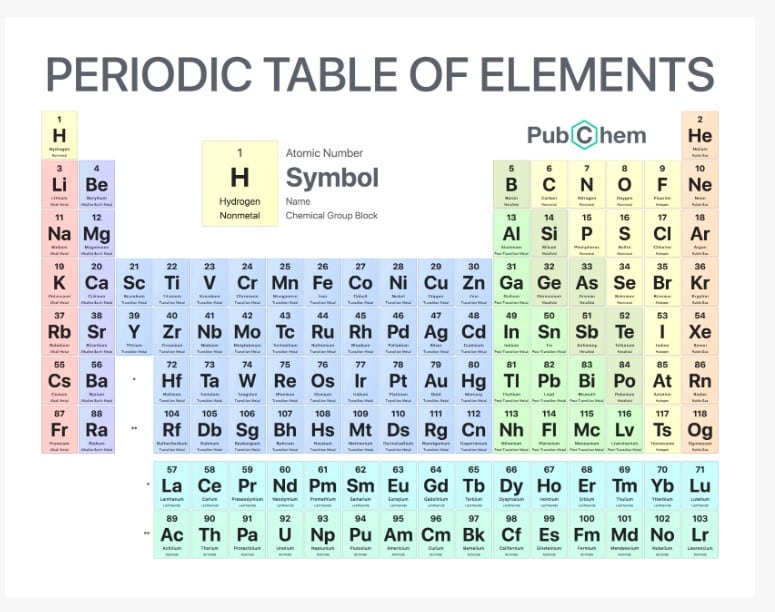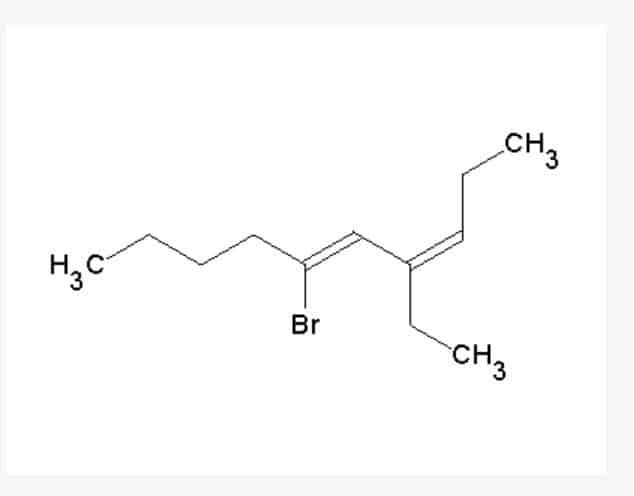Exam Summary
0 of 10 Questions completed
Questions:
Information
You have already completed the exam before. Hence you can not start it again.
Exam is loading…
You must sign in or sign up to start the exam.
You must first complete the following:
Results
Results
0 of 10 Questions answered correctly
Your time:
Time has elapsed
You have reached 0 of 0 point(s), (0)
Earned Point(s): 0 of 0, (0)
0 Essay(s) Pending (Possible Point(s): 0)
| Average score |
|
| Your score |
|
Categories
- Not categorized 0%
-

Need More Help?
Read our reviews of the best MCAT prep courses. We reviewed the best providers and have exclusive discounts you can use.
- 1
- 2
- 3
- 4
- 5
- 6
- 7
- 8
- 9
- 10
- Current
- Review
- Answered
- Correct
- Incorrect
-
Question 1 of 10
1. Question
A scientist, while examining mining samples from the coast of Columbia, comes across an element not previously discovered by humans. Extensive testing of the molecule reveals that it has an electronegativity similar to iron (Fe). If the properties of this element are revealed to be consistent with iron, what would the following values be in relationship to magnesium? Use the periodic table for reference.
 CorrectIncorrect
CorrectIncorrect -
Question 2 of 10
2. Question
Using this formula, if a reaction was provided with 84g of ethane and unlimited oxygen, how many grams of carbon dioxide would result (Carbon atomic weight: 12amu, Hydrogen atomic weight: 1amu, Oxygen atomic weight: 16amu)?
The unbalanced reaction of ethane gas to carbon dioxide and water is as follows:
C2H4 + O2 —> CO2 + H2O
CorrectIncorrect -
Question 3 of 10
3. Question
Using this information, which of the following changes to the steady state will result in more ammonia production?

The process in which ammonia is synthesized comes from the equation above:
CorrectIncorrect -
Question 4 of 10
4. Question
A race car attempting to jump a series of 8 buses is set up on a flat track with a ramp at the end. Engineers assigned to the project have determined that, in order to jump the buses, the car must reach a velocity of 130 km/h. If the distance of the track is 50m, at what rate must the car accelerate to reach this velocity?
CorrectIncorrect -
Question 5 of 10
5. Question
Fire hoses always have a nozzle on the end of the hose, which in part works by decreasing the area of the water exiting the fire hydrant to create a more forceful stream. If the starting velocity of water from a fire hydrant is 2 m/s, pressure is kept constant, and the end of the nozzle is 1/3 the area of the start of the hose, what is the final velocity of water as it exits?
CorrectIncorrect -
Question 6 of 10
6. Question
A compound synthesized in the laboratory was shown under spectroscopy to have the above structure:

Which of the following would be the correct nomenclature for this compound?
CorrectIncorrect -
Question 7 of 10
7. Question
Using nomenclature rules, how would this compound be correctly named?

The same scientist, feeling bolder after correctly synthesizing their compound, used a more complex method adding bromine to the mix. After the reaction was complete, she was left with the above structure:
CorrectIncorrect -
Question 8 of 10
8. Question
A transmembrane protein being isolated in the laboratory is found to be composed of four different amino acids in varying quantity. They are, in order of frequency, glycine, tyrosine, arginine, and isoleucine. Of these amino acids, which is most likely to be inside the transmembrane domain?
CorrectIncorrect -
Question 9 of 10
9. Question
A new enzyme is found in a transgenic mice that participates in synthesis of an unknown product using two reactants. When using radiolabeled compounds to study the enzyme, it is found that the enzyme catalyzes a process that switches a nitrogen group on one reactant to the other reactant. Which of the following categories would this new enzyme fall under?
CorrectIncorrect -
Question 10 of 10
10. Question
Two scientists at a conference on evolution take to the stage on day 3 to argue their theories against one other. Each is a devout student of their own philosophy. The first scientist contends that organisms evolved via the increase of organs that were used the most during their time. They would then pass these on to subsequent generations. The second scientist, however, believed that advantages each organism possessed were absent for a long time, randomly occurred, and when they were beneficial, that organism would rapidly populate the population over a short period of time, evolutionarily speaking. Which of the following statements would strengthen the second scientist’s argument?
CorrectIncorrect
